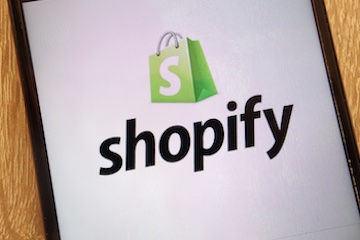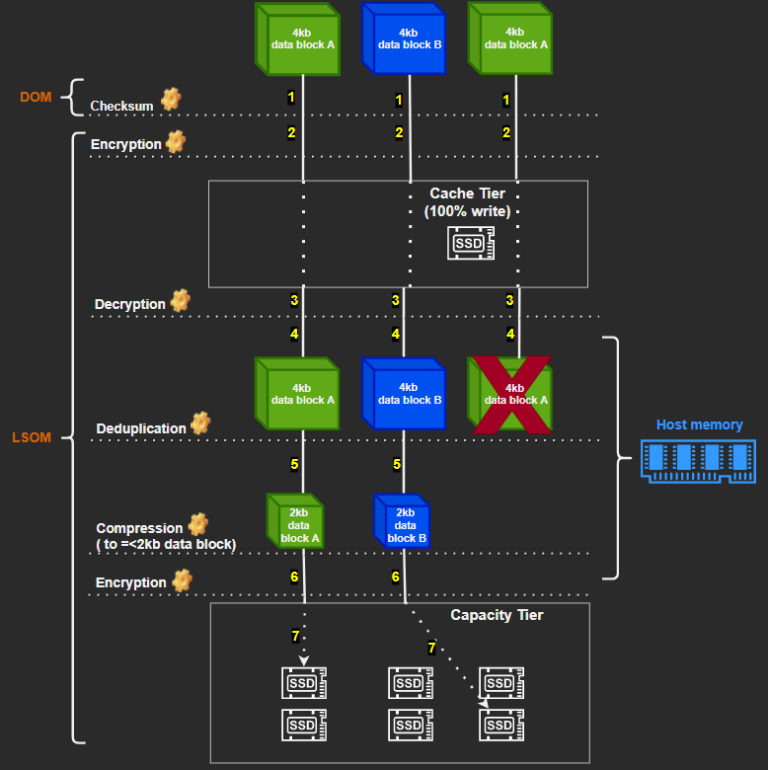
As a kid, Brett Curry was fascinated by TV commercials. Now the owner of OMG Commerce, an ecommerce marketing agency, he says YouTube ads are similar. “A good TV ad often makes a good YouTube ad,” he told me.
I asked for details. What’s a good YouTube ad strategy for ecommerce? How much should an advertiser spend? Which products work the best?
Brett addressed those questions and more in our recent conversation. Our entire audio is embedded below. The transcript is edited for length and clarity.
Eric Bandholz: Give us a rundown of what you do.
Brett Curry: I’m the founder of OMG Commerce, a marketing agency. We’re a team of about 50, specializing in helping ecommerce brands grow profitably. That means acquiring customers at an acceptable cost and increasing revenue and margin. I launched the business in 2010.
Our team includes strategists and channel specialists. We have a full Amazon department with brand managers and ad experts. On the direct-to-consumer side, we focus primarily on Google and YouTube with support for Meta. Strategists oversee performance across channels, ensuring data flows between platforms such as Amazon and Google to drive smarter decisions and sustainable growth.
I’m a long-time marketing enthusiast. As a kid, I was fascinated by TV commercials — especially infomercials like the Ginsu knives. I even tried to convince my parents to buy a set. That early interest led me to a marketing degree, and I started an agency right out of college. I love helping brands promote their products by telling great stories and profitably connecting with the right audience.
Bandholz: What causes client-agency relationships to fail?
Curry: The responsibility falls on both the client and the agency, though the greater weight is on us as the agency. Clients hire agencies to deliver results. When relationships break down, it’s almost always due to poor communication or misaligned expectations.
Clients are sometimes quietly frustrated but don’t express it, hoping things improve. Other times, our team will make recommendations repeatedly, and the client dismisses them. That signals either that the idea isn’t solid, or we’re not presenting it clearly or with data.
Another common issue is when agencies obsess over platform-specific metrics such as return on ad spend or cost per click, while brand owners want to know, “Is this making me money?” They care about business results, not whether we used YouTube or Meta.
I reminded my team this week that if I’m a business owner spending money on marketing, I want to know how much I’ll make from the investment, not the click-through rate or platform ROAS — real return. We’ll miss the mark if we don’t align our metrics with client goals.
Bandholz: How does an ecommerce brand successfully advertise on YouTube?
Curry: YouTube blends the best of search, TV, and digital video. It’s the second-largest search engine and the most-streamed app on connected TVs — more than Netflix and Hulu.
Many core marketing principles apply. A good TV ad often makes a good YouTube ad, though YouTube has nuances. It’s more complex and harder to measure than other platforms. Meta might be simpler for brands just starting with video, but YouTube is highly incremental — it brings in new customers when done right.
Success on YouTube depends on three components: creative, audience, and measurement. You need compelling creative, precise targeting, and a solid plan for tracking results. We explored YouTube early because I found it fun and promising. We’ve developed a formula over time that works.
I’ve always leaned toward direct response. Even in brand-building campaigns, I want a clear call to action — whether that’s sending people to Amazon, Walmart, or a website. YouTube requires a different creative approach depending on the viewer’s device — mobile, desktop, or increasingly, connected TV, which now accounts for over half of YouTube views.
We’ve found CTV especially effective. We recently won a Google Agency Excellence Award for an eight-week YouTube campaign driving Arctic coolers and tumblers into Walmart stores. CTV was the top-performing channel.
As for ad structure, 60 to 90 seconds is the sweet spot, but up to 3 minutes can perform for conversion-focused campaigns. Unlike Meta or TikTok, YouTube ads must do all the work — hook the viewer, overcome objections, show the product, offer social proof, and close with a call-to-action.
Voiceover is critical. High production value helps, but mixing in user-generated content or influencer clips can boost relatability. Just don’t assume what works on Meta will translate directly to YouTube, though your best Meta ad might provide an excellent hook for YouTube.
Bandholz: What’s an optimal spend for each YouTube ad?
Curry: When testing, the goal is to spend enough to get meaningful data without going overboard. Typically, we recommend $100 to $1,000 a day. If you’re okay learning slowly, spend on the lower end. But $500 to $1,000 per day is ideal for quicker insights. The first couple of weeks are usually rough — conversions come in slowly, especially since YouTube is more view-based than click-based.
We track both micro and purchase conversions to better feed the algorithm. Usually, by the end of the first month, we’ve identified combinations of creative, audience, and bidding that show promise.
One of our favorite targeting methods is Custom Intent. Because Google owns YouTube, you can target people based on what they’ve searched on Google. So, for Beardbrand, your company, it’s not just beard-related keywords — you might also target searches that signal a high-spending D2C customer.
Over time, patterns emerge. You’ll discover which audiences and creatives perform, and by month three, you’ll likely have clarity on your winners and can confidently scale from there.
Eric Bandholz: What types of products and price points perform best on YouTube?
Brett Curry: YouTube works best for visually demonstrable products with a unique hook. Think wrinkle-free dress shirts made of athletic fabric, titanium sunglasses that open bottles — anything that makes someone stop and watch. A great story or differentiator is key.
In terms of pricing, YouTube tends to favor products with customer acquisition costs between $50 and $150. A cost-per-acquisition goal below $50 may not be viable on YouTube — unless you have a killer front-end offer backed by strong upsells or continuity. For example, an intro offer under $30 can work if you make up for the profit on the backend.
For products priced below $30, such as our client Native Deodorant, YouTube can still work, especially if you’re aiming for mass distribution. Native used YouTube to build traction, then scaled into retail like CVS and Walmart, and now they’re everywhere. You can also drive low CPAs with organic YouTube content amplified by ads, but that takes time to build. Otherwise, search-based platforms on Google or Amazon might fit better for sub-$30 products with tighter margins.
Bandholz: Where can people connect with you?
Curry: OmgCommerce.com. I’m @BrettCurry on X and @TheBrettCurry on LinkedIn. My podcast is Ecommerce Evolution.





